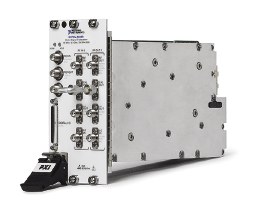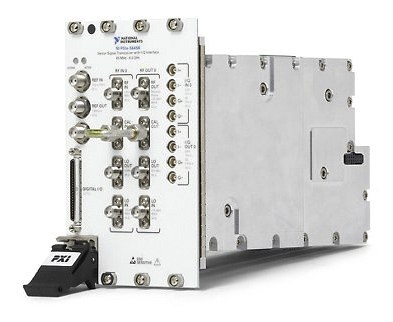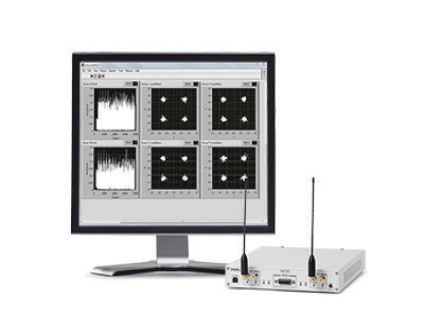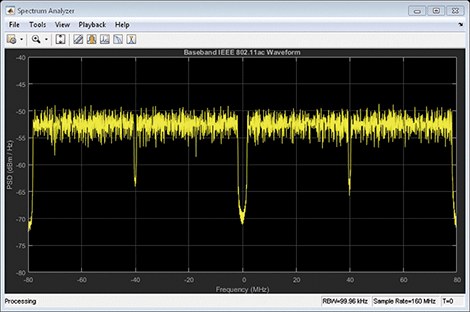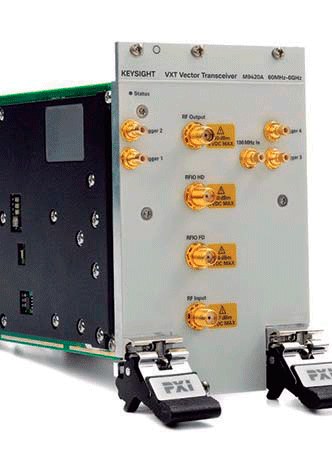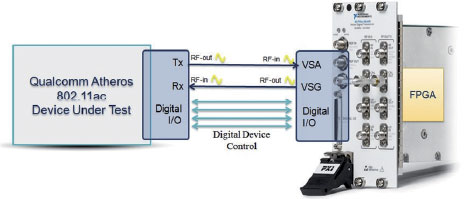Engineers can test the latest wireless standards with greater speed and flexibility while lowering the total cost of testing
National Instruments (Nasdaq NATI) today announced the NI PXIe-5646R vector signal transceiver with 200 MHz of RF bandwidth, making it ideal for testing the latest wireless standards such as IEEE 802.11ac, 160 MHz WLAN, and LTE. advanced. Engineers can use the Signal Vector Transceiver's open design software to develop channel emulation systems, create radio prototypes, custom process real-time signals for spectrum analysis applications, and more.
NI vector signal transceivers combine a vector signal analyzer with a vector signal generator and a user-programmable FPGA for real-time signal processing and control. Customers have seen 10 to 100 times greater improvements in test time for applications such as power servo drives in power amplifier testing by taking advantage of the speed, deterministic processing, and inherent parallel architecture of the FPGA. The vector signal transceiver, built on the NI LabVIEW RIO architecture, combines programming flexibility and the latest RF hardware to revolutionize testing of mobile technologies. The NI PXI-5646R offers 200 MHz of complex bandwidth using a 250 MS/s sample rate, which is eight times the frame data rate of standard LTE radio. This makes the signal vector transceiver ideally suited to recent design and test techniques such as digital predistortion and envelope tracking.
The NI PXI – 5646R programmed by LabVIEW system design software provides the ideal platform for simplifying modern design and test challenges.
For more information visit www.ni.com/vst.


